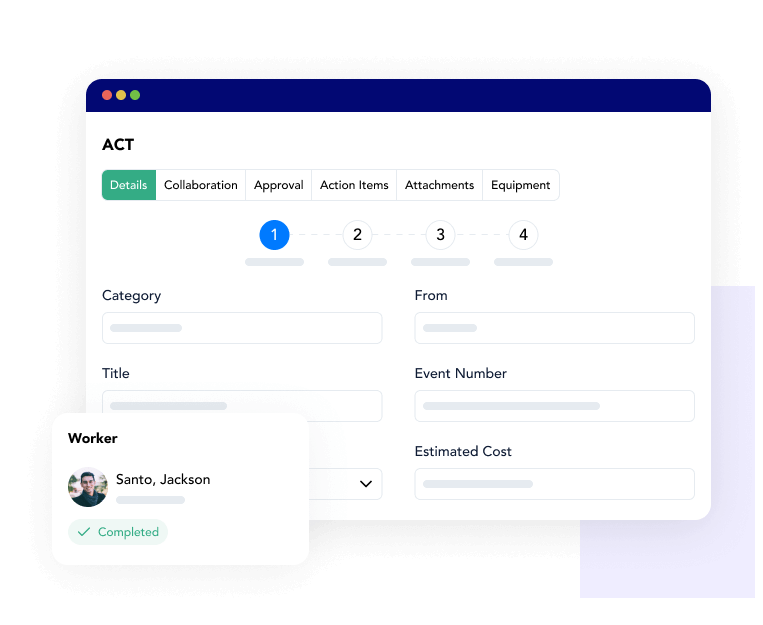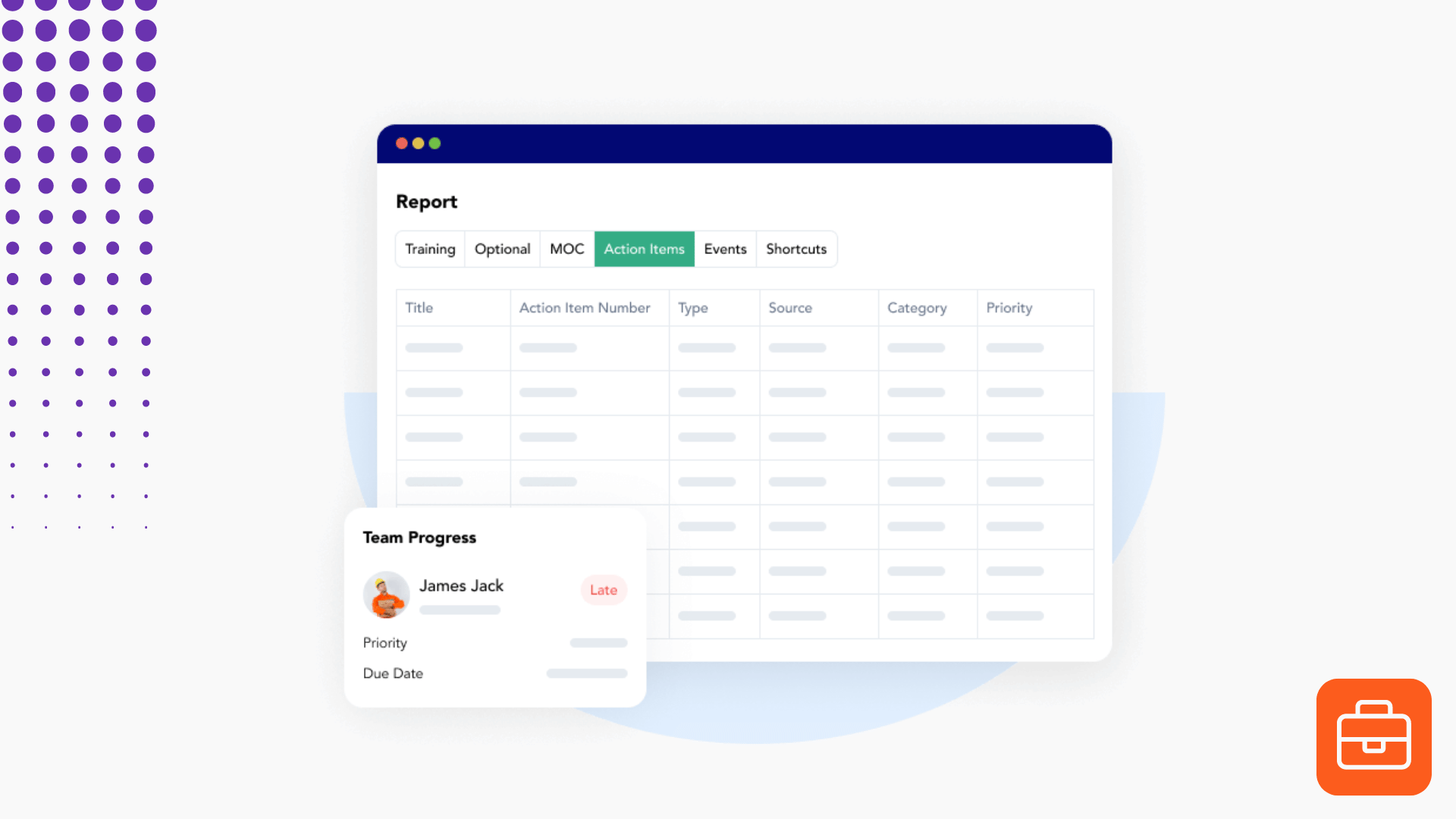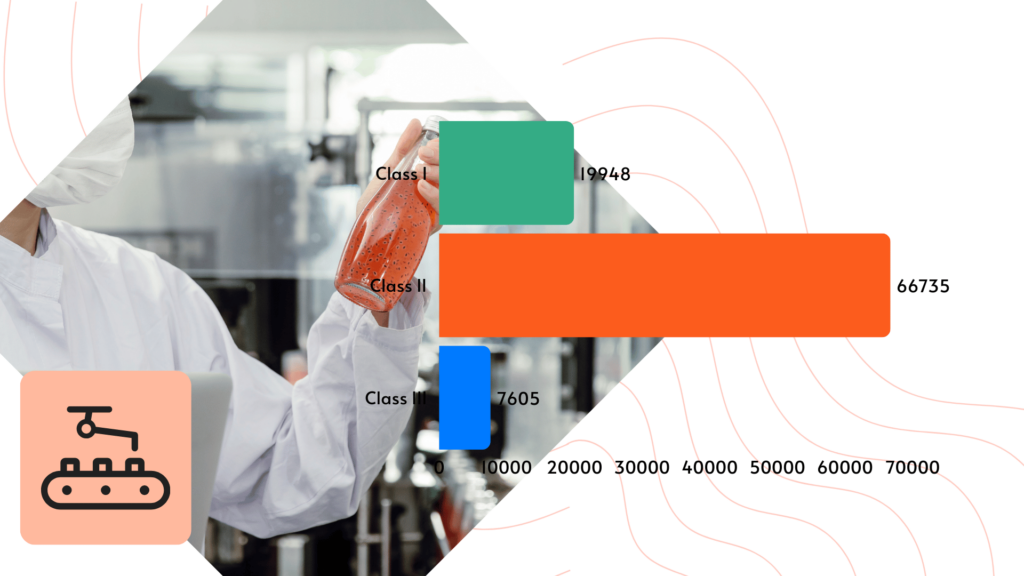There’s a reason why EHS departments tend to upgrade to digital solutions: managing compliance by hand is hard. EHS software replaces manual processes so you can focus on staying up to date on regulatory requirements. With technology, there are so many ways to improve compliance without increasing your workload.
Organize compliance documents
Many EHS departments struggle to organize their compliance documents. So, when a regulatory inspection happens, they can’t find the critical information they need. Therefore it’s clear that one of the practical ways to improve compliance is to have well-organized documents.
One of the easiest ways to improve compliance with EHS software is to organize all your data. Basically, this involves tasks like:
- Importing historical data to the system
- Establishing document syntax standards
- Requiring attachments with certain processes
- Categorizing data
Once you’ve set up your software account, you should be able to sort and filter data for certain criteria like:
- Start and completion date
- Owner
- Department or facility
- Manager or supervisor
Not only does this help improve compliance, but it also makes finding trends and patterns much easier. Filter and sorting are the most effective ways to view your records. With better organized documents, you’ll quickly be able to find anything you need without asking someone else to email you a document or flipping through physical file folders.
Document compliance actions
When your site’s compliance comes into question, having evidence of your compliance is key. Specifically, this means you need to document the actions your team takes to achieve and maintain compliance. Using EHS software, you can document all sorts of actions, including:
- Near misses and incident investigations
- Process improvement projects
- Employee engagement initiatives
- Environmental surveys
- Process-specific safety training
With action tracking software, for example, you can keep detailed records of all incident follow-up tasks. Moreover, you can attach relevant videos, notes, and photos that fully explain what you did to correct an issue and maintain compliance. These tools are a fantastic way to improve compliance by creating a detailed record.
Keep detailed training logs
Training compliance is one of the most time-consuming regulatory requirements you have to track. Factors like employee turnover, process modifications, and safety incidents can all affect your training program. And once you start hiring new employees and expanding to new locations, tracking everything by hand becomes nearly impossible.
With an EHS learning management system (LMS), you can digitize your training logs and update them in real time. For example, when you remove or deactivate users, their training items disappear from pending training logs. Or when you add a new course requirement for a specific job, it automatically gets assigned to people in that role.
These tools completely remove the need for spreadsheets, employee sign-in sheets, and other manual tracking methods. Instead, you can coordinate compliance from a central system and focus on improving the actual training content itself. Therefore, using an LMS is one of the crucial ways to improve compliance.

Track corrective actions as a way to improve compliance
Corrective action is an important part of incident management. And when major incidents happen, regulators want to know what you’ve done to address the root causes. Unfortunately, corrective action tracking can fall through the cracks when you’re doing it manually. Therefore, automated tracking systems provide ways to compliance improvement.
Switching to an action tracking system is a great way to improve compliance. It provides total visibility over all the tasks that are pending, in progress, or complete.
When you track corrective actions, you’re more likely to follow through on them. After all, no one wants to see a bunch of overdue tasks sitting in their inbox. So, not only does software help for regulatory investigation purposes, but it also improves the efficiency of your corrective action process.
Frontline EHS as a digital way to improve compliance
The Frontline EHS software suite is a great tool for achieving and maintaining regulatory compliance. It includes four distinct systems:
ACT: Action tracking and incident management
MOC: Change management
LMS: Training and onboarding
CSM: Contractor management
If you’re interested in learning more about our software options, schedule a demo with the sales team to explore effective ways to compliance improvement.




